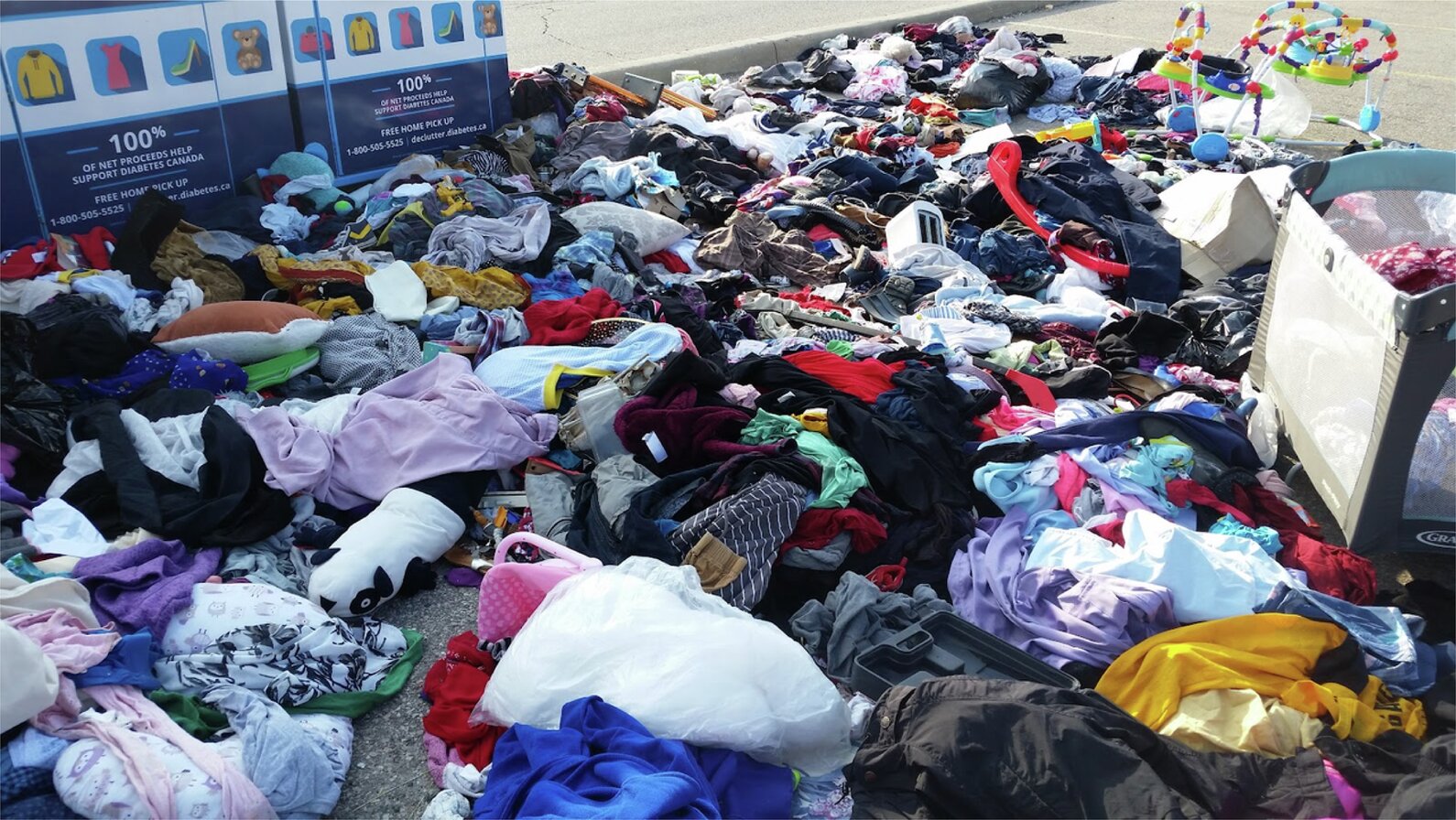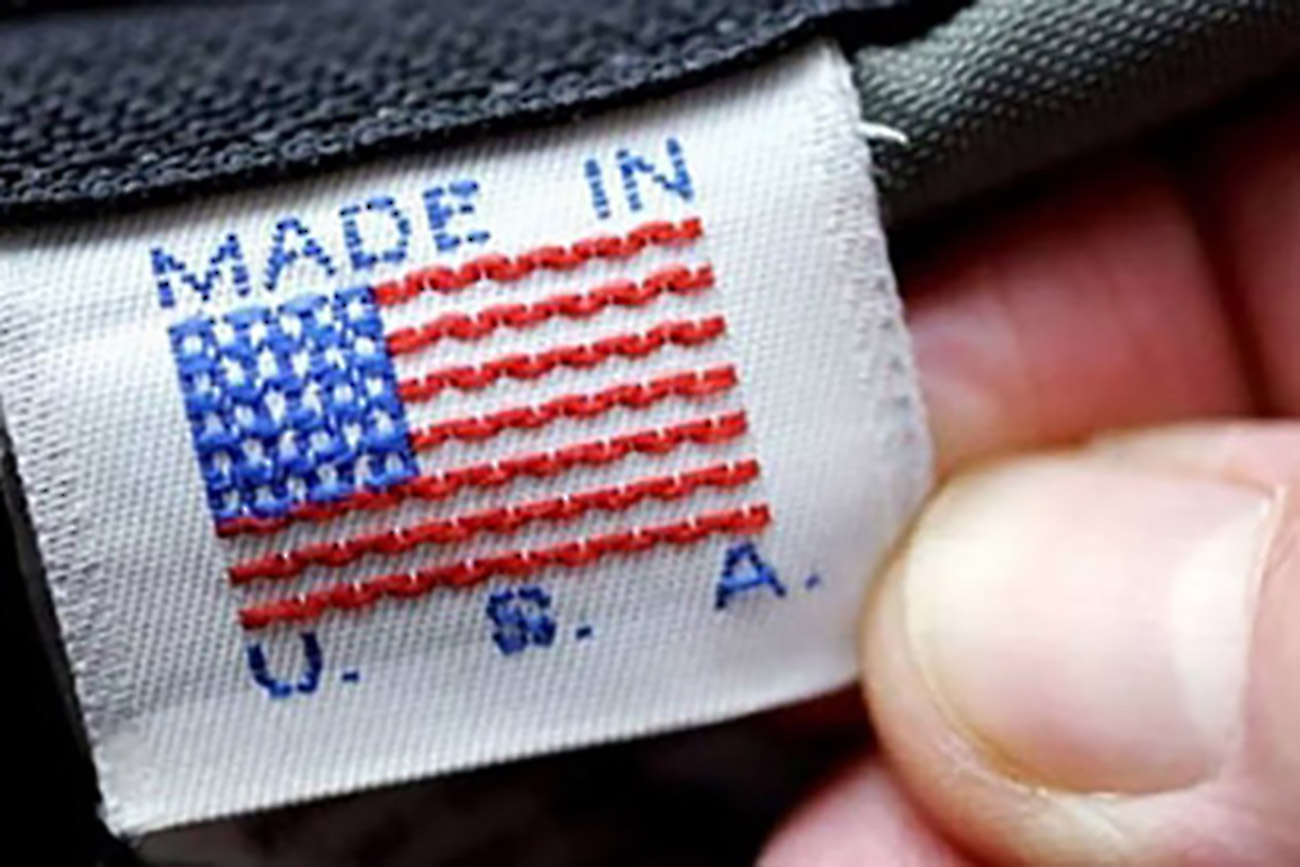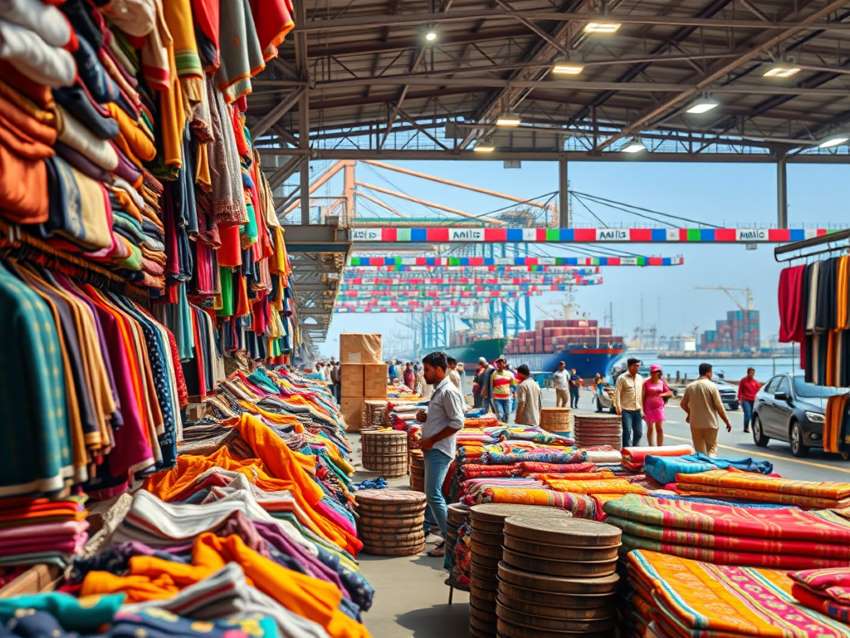
Emergence of new COVID variants has caused continuous disruptions to fashion supply chains over the last two years. To become more resilient, retailers need to make certain permanent changes in their supply chain strategies. They need to avoid inventory pile-up by streamlining operations, says a Euromonitor International report.
The beginning of pandemic in 2020 halted fashion production and sales across the world. Retailers were compelled to shut shop leading to a huge inventory pileup in stores and warehouses. The pandemic also impacted production in many Asian countries forcing garment factories to either shutdown or operate at reduced capacity. Closing of international borders for trade with these markets not only created supply shortages but also impacted fashion production.
Reorganizing inventory management strategies
Retailers have always faced inventory challenges due to fast changing fashion trends. The pandemic further exacerbated these challenges as financial constraints and retail restrictions made consumer demand unpredictable. Consumers cut off discretionary spending during the first phase of lockdown leading to a surge in demand for home essentials like athleisure, pyjamas and T-shirts. This deepened the inventory crisis for retailers. Eruption of new COVID variants like Omicron and Delta further added to their woes as demand became more uncertain.
To avoid such hazards in future and make supply chains more resilient, fashion players plan to reorganize their current inventory management strategies.
Create regional production hubs to boost profitability
Fashion professionals are focusing on new technologies and cost management, as per Euromonitor International’s Voice of the Industry: Lifestyles Survey. However, they also need to make their production and inventory models more flexible and agile, says the survey. To achieve this, they need to adopt demand-driven inventory models and create localized and regional production hubs to enable companies to offset long-term impact on profitability.
Around 40.4 per cent respondents to the Euromonitor International’s Voice of Industry Survey, advised retailers to adopt the Vendor Managed Inventory (VMI) model that focuses on increased collaboration between vendors and retailers. This model offers vendors real-time access to inventory and point-of-sales data of a fashion retailer. Vendors can leverage this data to make their production schedule more flexible. This enables retailers adjust inventory according to demand.
The development of localized and regional supply hubs like Turkey helps retailers refresh stocks more quickly. It enables retailers diversify risks, reduce shipment costs and lead times. Most global fashion labels such as Ralph Lauren, Banana Republic and PVH’s Tommy Hilfiger and Calvin Klein, have shifted production to Turkey. Other fashion players are also reducing dependence on few production facilities to meet demand. However, they need to step up investments in localized productions, opine 36.5 per cent respondents to the Euromonitor survey.
Step up digitization and make production more flexible
A few manufacturers are already controlling their supply chain by adopting the on-demand manufacturing technique. Fashion retailers like Xunxi by Alibaba or Amazon Made for You in the US are producing only after order confirmation and receipt of payments. This allows them to customize orders as per demand, curb overproduction and manage inventory more efficiently. Around 15 per cent respondents to the Euromonitor International survey confirmed, they opt for sustainably produced apparel and footwear products while making a purchasing decision.
The shift to work from home and online mode of operation post pandemic has led to brands launching NFTs and virtual garments like adidas x Animal Crossing, Gucci Virtual 25 sneakers, or Zara x Ader Error or Nike launching its Nikeland in Roblox. Fashion players are launching products suitable for gaming and social media to offer brands a new mode of revenue generation.
To maintain their relevancy post COVID-19 pandemic, fashion players need to make their supply chains more flexible and resilient. They also need to increase investments in digitization and on-demand production models.












